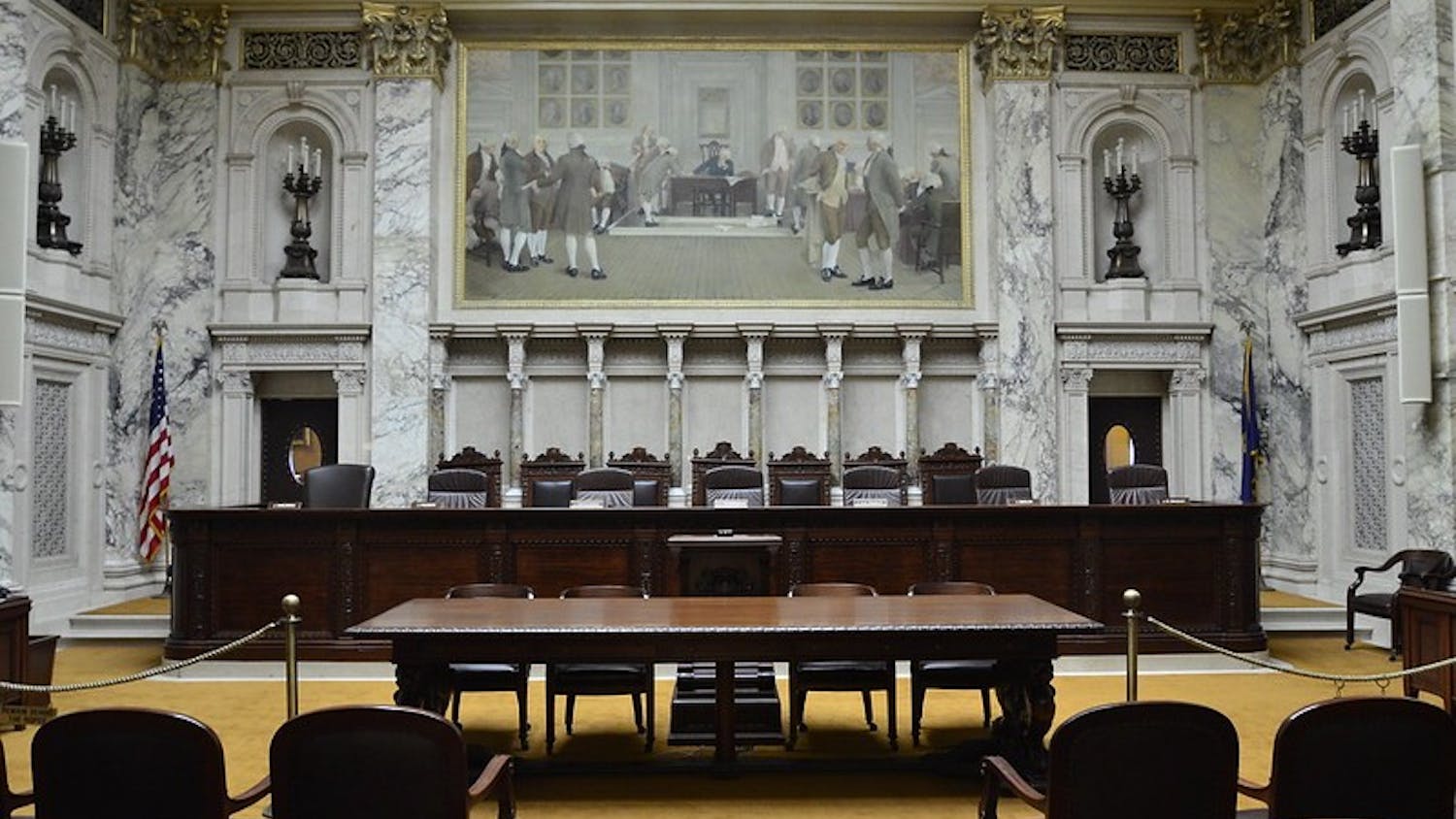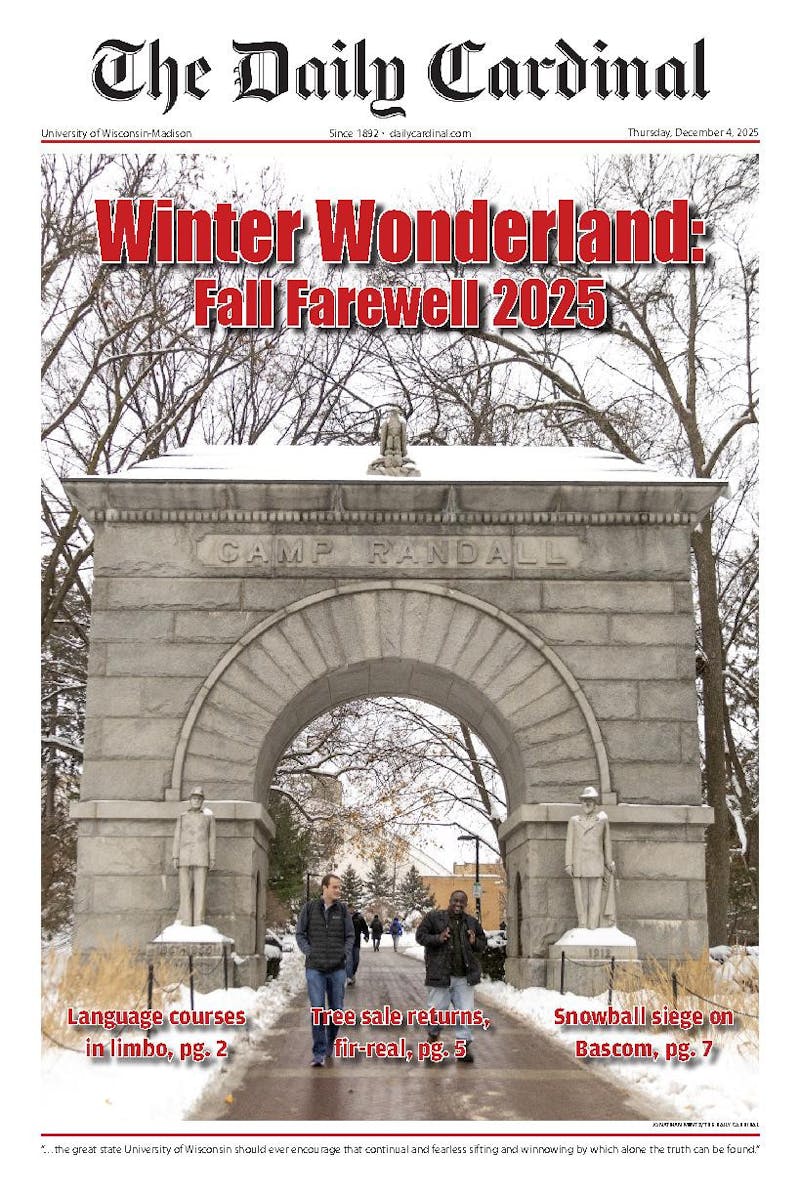With UW-Madison moving forward on a new diversity initiative, officials are examining the effectiveness of past efforts such as Plan 2008.
Defined as ""educational quality through racial and ethnic diversity,"" Plan 2008 attempted to increase the number of underrepresented minority students enrolling at UW-Madison.
According to UW-Madison's Academic Planning and Analysis division, the plan was adopted in combination with a UW System-wide Plan 2008 that targeted four main ethnic groups: American Indians, African Americans, Hispanics and Southeast Asian Americans.
Damon Williams, vice provost for diversity and climate at UW-Madison, said the plan focused on a pipeline system, which encouraged partnerships that reach children and families at earlier ages to promote higher education in the future.
Along with increasing the number of qualified minority students at UW-Madison, another goal of Plan 2008 was to increase retention and graduation rates for students of color, and to bring these rates in line with those of the student body as a whole.
According to the APA, since the beginning of Plan 2008, retention and graduation rates of targeted minority students have increased. Southeast Asian enrollment increased at the most rapid rate, while Native American enrollment changed the least.
But was Plan 2008 successful overall? The results varied. The APA said although the plan saw an increase in minority students, it was not supported with an increase in financial aid. And although there was an increase in hired minority staff, their tenures were not established at a higher rate.
According to Vicki Washington, associate vice president for equity, diversity and inclusion for the UW System, a large problem with Plan 2008 was the fact that there was not a systematic widespread engagement by all academic departments across the UW System.
""For that type of plan to be successful, we have to really look at ways to ensure more shared responsibility for working towards those results and having more engagement and deeper engagement by all members of the university community in different ways,"" Washington said.
Steven Olikara, chair of the Associated Students of Madison Diversity Committee, said though the ethnic climate was different 10 years ago, he felt the plan's focus was too narrow.
He said he felt the plan should have done more to include all institutions in the university to improve the campus climate rather than just focusing on increasing the number of specific ethnic groups.
""Catering to such a small group of students and expecting the entire campus to support that really doesn't make sense,"" Olikara said.
Williams, on the other hand, said he was very optimistic about the results of Plan 2008.
""Just recently [we] enrolled the largest group of underrepresented minority students in the history of the university,"" he said. ""Also we're very pleased that we've built a really strong partnership with the K-12 community, which I think really is fundamental to the Wisconsin experience.""
According to Williams, there is still work to do to increase the graduation rate and to increase the number of minority students that have been enrolled since Plan 2008 began.
""The University of Wisconsin is a public institution and so as a public institution we have a responsibility to the state of Wisconsin,"" Williams said. ""We should be a university that is reflective of that state.""
Olikara said he feels the way for the campus to move forward is to focus on including diversity at all levels of the campus, not to simply focus on increasing numbers.
""The key to moving forward is to create campus-wide engagement and reshape this discussion to include more students,"" Olikara said.
With mixed results from Plan 2008, a new strategy called Inclusive Excellence aims to improve campus diversity as a follow-up to Plan 2008.
Look for part two in this series later this week, which will focus on the goals and expectations of Inclusive Excellence.





